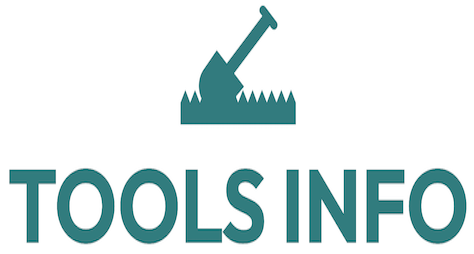Introduction
Maintaining a dust-free worksite is crucial for both worker safety and the overall quality of your project. Dust not only poses health risks but can also damage equipment and reduce productivity. In this guide, we’ll explore the essentials to create a cleaner, safer worksite through proper dust control methods.
[toc]
Understanding the Importance of Dust Control
Controlling dust at a worksite minimizes respiratory problems and allergies among workers. It also prevents dust accumulation on surfaces, which can lead to machinery malfunction or fires. A dust-free environment improves air quality and ensures compliance with occupational health regulations.
Common Sources of Dust
Dust is often generated from activities such as drilling, sanding, cutting, and grinding materials like concrete, wood, and drywall. Construction and demolition sites, in particular, produce significant amounts of dust particles that linger in the air if not properly managed.
Choosing the Right Extractors
Factors to Consider
When selecting extractors for a dust-free worksite, consider the following factors:
- Airflow capacity: Ensure the extractor can handle the volume of dust your worksite produces.
- Filtration efficiency: Look for HEPA filters that capture fine dust particles effectively.
- Portability: Lightweight and easy-to-move units provide flexibility around the site.
- Durability: Choose robust models designed for heavy-duty use.
Top Extractor Brands
Some of the leading extractor brands include:
- Mafell: Known for powerful extraction and reliable performance.
- Dustless Technologies: Offers innovative solutions for dust control.
- Festool: Popular for compact, high-efficiency dust extraction tools.
- DeWalt: Provides affordable and effective extractor options.
Utilizing Air Scrubbers
How Air Scrubbers Work
Air scrubbers function by drawing contaminated air through multiple filtration stages, including pre-filters and HEPA filters. This process removes dust particles and other airborne contaminants, continuously cleaning the air in enclosed or semi-enclosed worksites.
Benefits of Air Scrubbers
- Improved air quality: Significantly reduces airborne dust and harmful particles.
- Enhanced worker safety: Minimizes respiratory risks associated with dust exposure.
- Compliance: Helps meet government regulations for workplace air standards.
- Versatility: Can be used in both construction and renovation projects.
Maintenance Tips
Regular Cleaning and Filter Replacement
Maintaining effectiveness requires frequent cleaning of extractors and air scrubbers. Filters should be checked regularly and replaced according to manufacturer guidelines to avoid reduced performance.
Troubleshooting Common Issues
If your dust control equipment shows signs of reduced suction or unusual noises, inspect for clogged filters or damaged parts. Regular maintenance saves costs in the long run and ensures a consistently dust-free worksite.
For more tips on effective dust control tools, visit our dust control resources.
To deepen your understanding and stay updated on best practices, check this authoritative source.
Frequently Asked Questions
What are the benefits of using extractors in a worksite?
Extractors help remove dust at the source, improving air quality, reducing health risks, and prolonging equipment life. They enhance overall safety and efficiency in dusty environments.
How often should air scrubbers be serviced?
Air scrubbers should be serviced according to manufacturer recommendations, typically every 3 to 6 months. Filters need inspection and possible replacement more frequently in very dusty conditions.
Can I use air scrubbers in residential settings?
Yes, air scrubbers are effective in residential settings, especially during renovations or to improve indoor air quality for sensitive individuals.
